Sennheiser IE600 Review - Is this Sennheiser's best IEM?
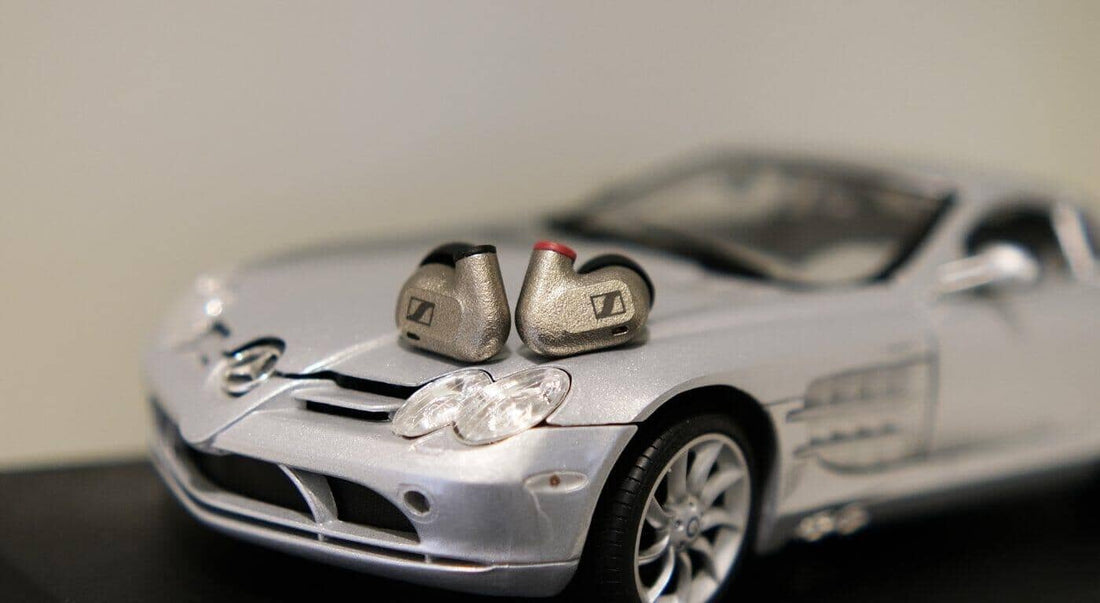
Introduction
Sennheiser's IEMs haven't had the best track record; at least that was my impression until I heard their recent flagship, the IE900. The IE900 was truly remarkable, and in my eyes, it represented a pivoting point for what was possible with the single-DD topology. But it was still far from being a perfect IEM, and there were a number of criticisms leveled at it from the audio community (some from yours truly) that Sennheiser seems to have aimed to take into account when tuning the new IE600 ($699). So now that the IE600 is here, you could say we're at a crossroads of whether Sennheiser or the community knows what's best in an IEM. Let's take a look.
This unit was graciously loaned for review courtesy of Super*Review. As always, what follows are my honest thoughts and opinions to the best of my ability.
Source & Drivability
All critical listening was done off an iBasso DX300 and iPhone 13 Mini with lossless files. The stock 3.5mm cable and silicone ear tips were used. The IE600 takes a moderate amount of power to drive, but I had no issue hitting my usual listening volumes (~70dB). If you'd like to learn more about my listening methodology, test tracks, and general beliefs in audio, then I would encourage you to check out this page.
What's in the box?
- Carry Case
- separate 3.5mm & 4.4mm cables w/ memory wire
- 3x silicone tips, 3x foam tips
- cleaning tool
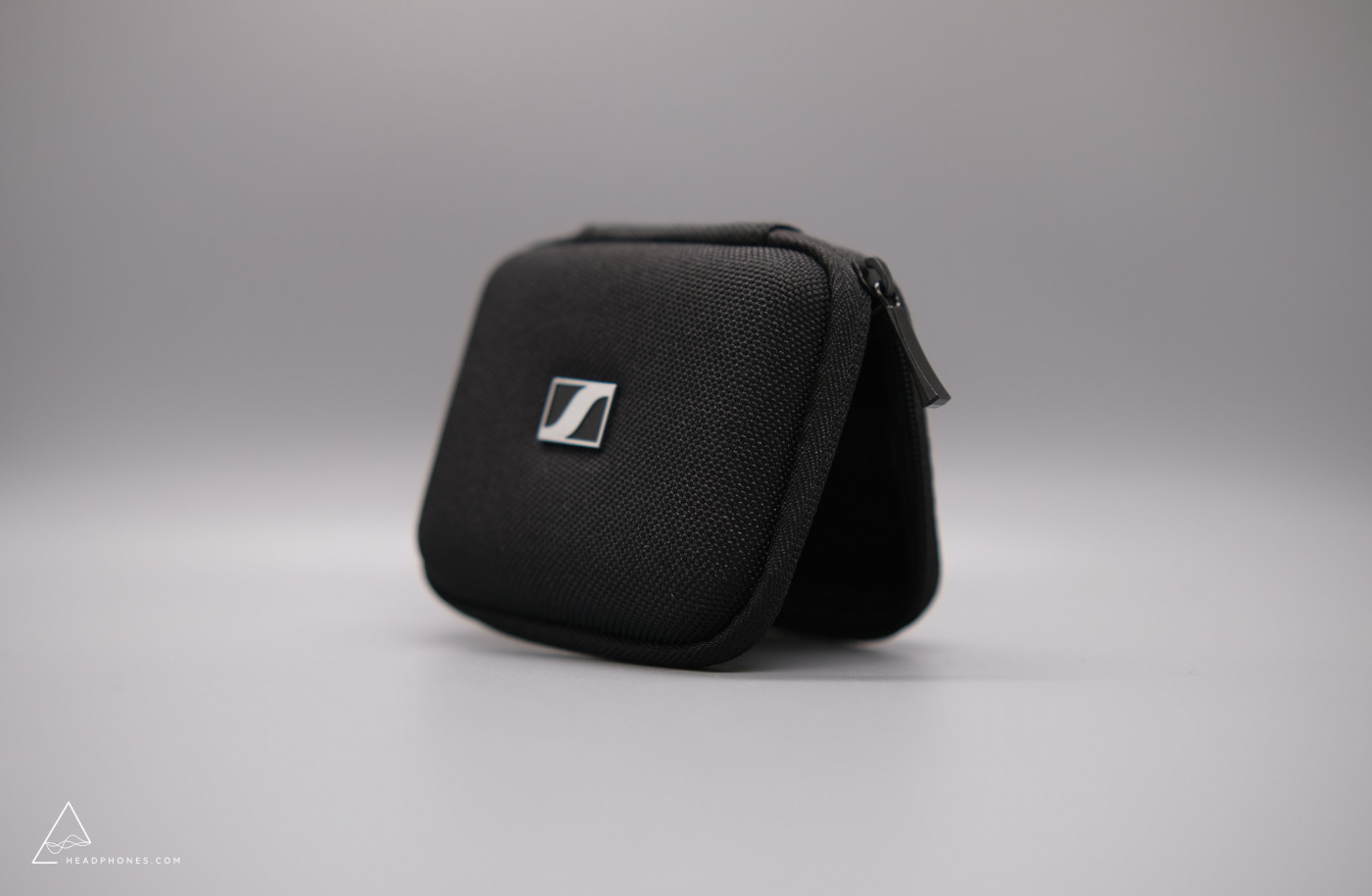
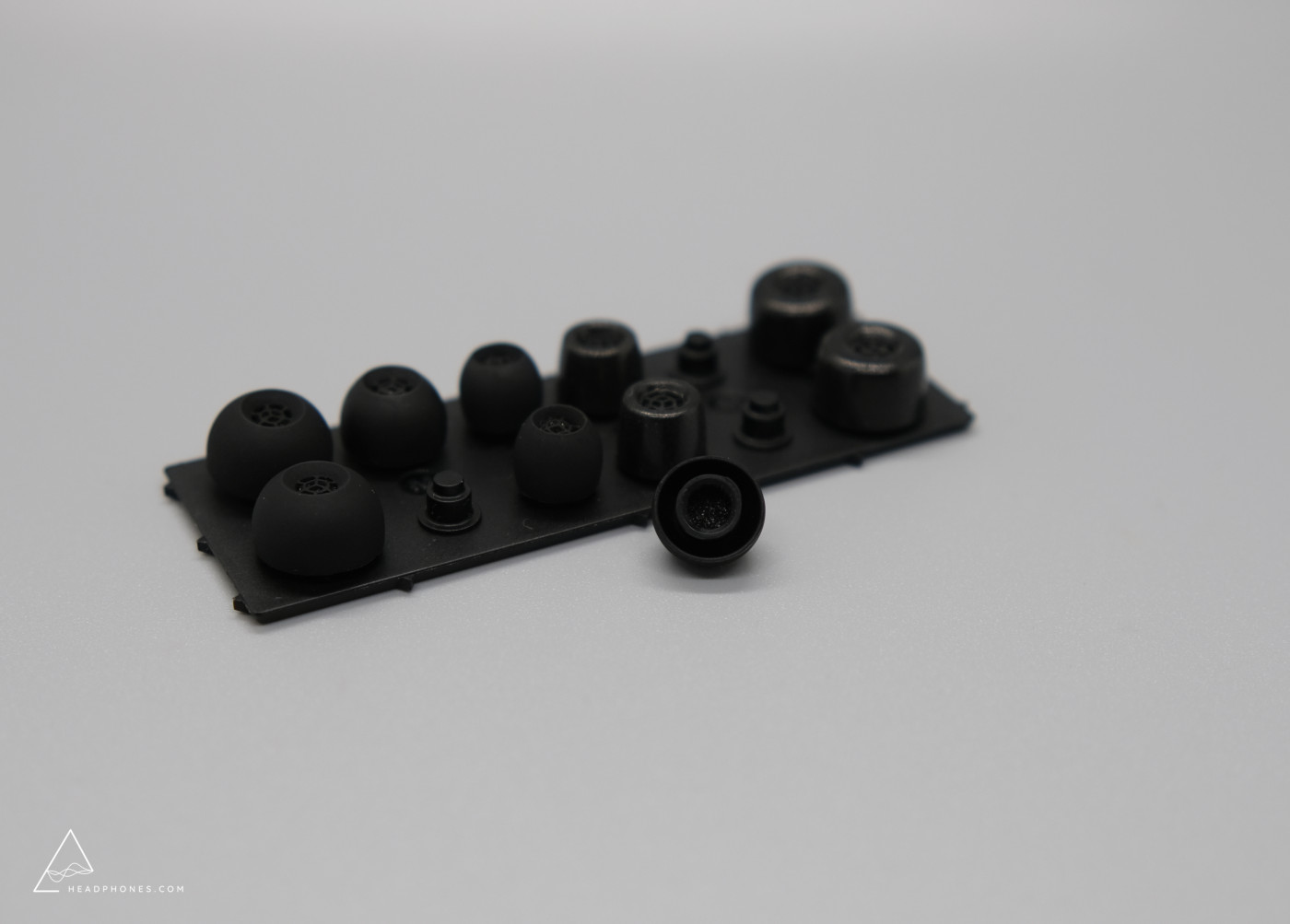
I have a very special shoutout for the stock tips that come with Sennheiser's earphones: Dear Mr. Silicone Ear Tips, you're hot garbage. It's honestly perplexing how poorly these ear tips have been designed; the silicone lacks rigidity to the point of which it more often than not collapses against the ear when one inserts the IEMs, thus making a proper seal very difficult to achieve. I've heard echoed sentiments with almost everyone that I've talked to who has tried using the stock ear tips. But wait, that's only the half of it! In my experience, the stock silicone ear tips are also the best sounding ear tips for the IE600. Why? It's because they have a dampener foam inserted into the nozzle. Any other tips have a tendency to egregiously affect the treble balance even if the difference might be more subtle on paper. Perhaps you can see the ironic dichotomy here.
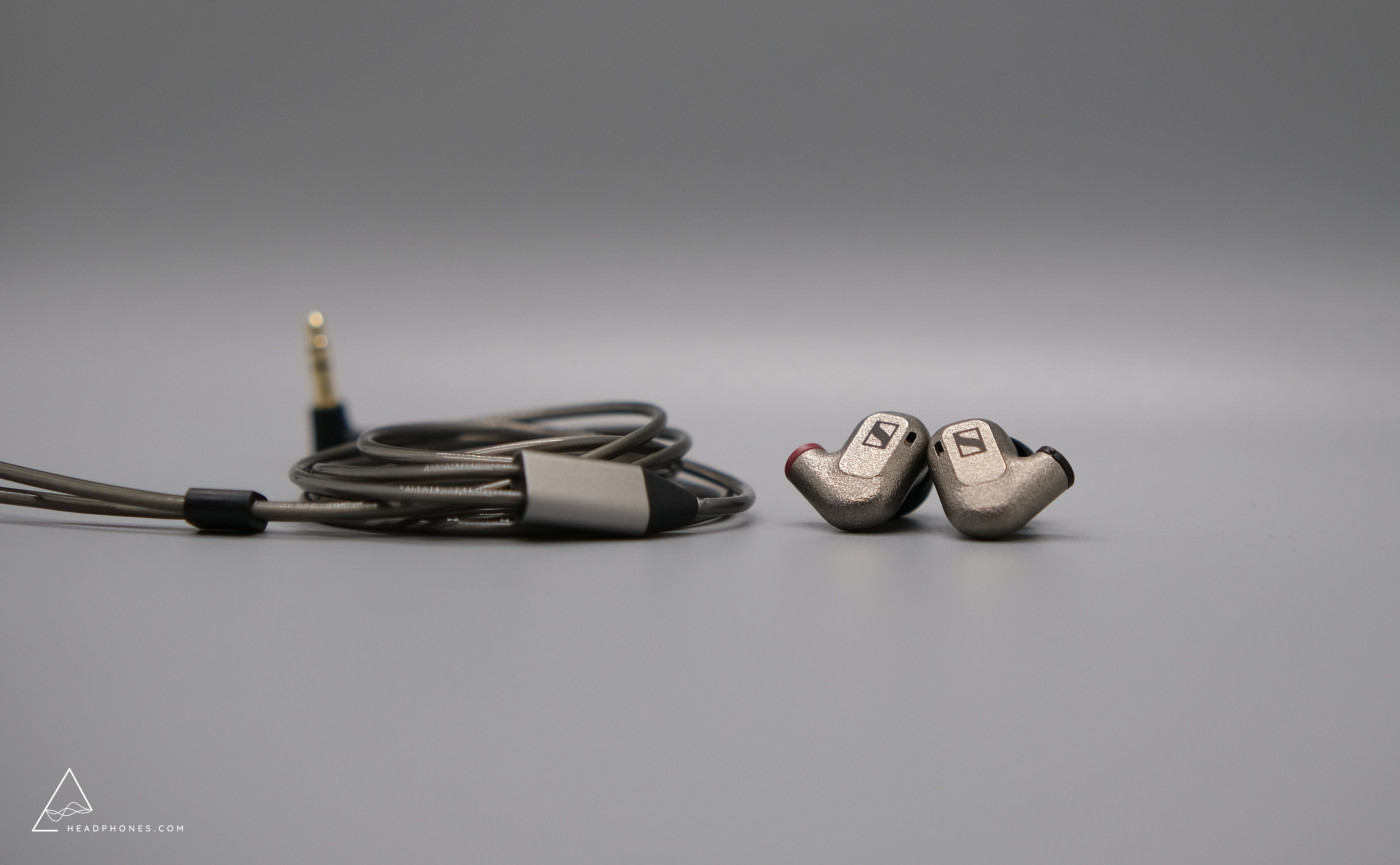
The cables that come with the IE600 are high-quality, but I'd be remiss to not outline some caveats: 1) they use memory wire hooks, 2) the MMCX connector is an atypical version that won't work with most other cables (in the name of improved longevity), and 3) the cables can be somewhat microphonic. I really hope Sennheiser consider eschewing their current silicone tips and making some adjustments to their cables in the future.
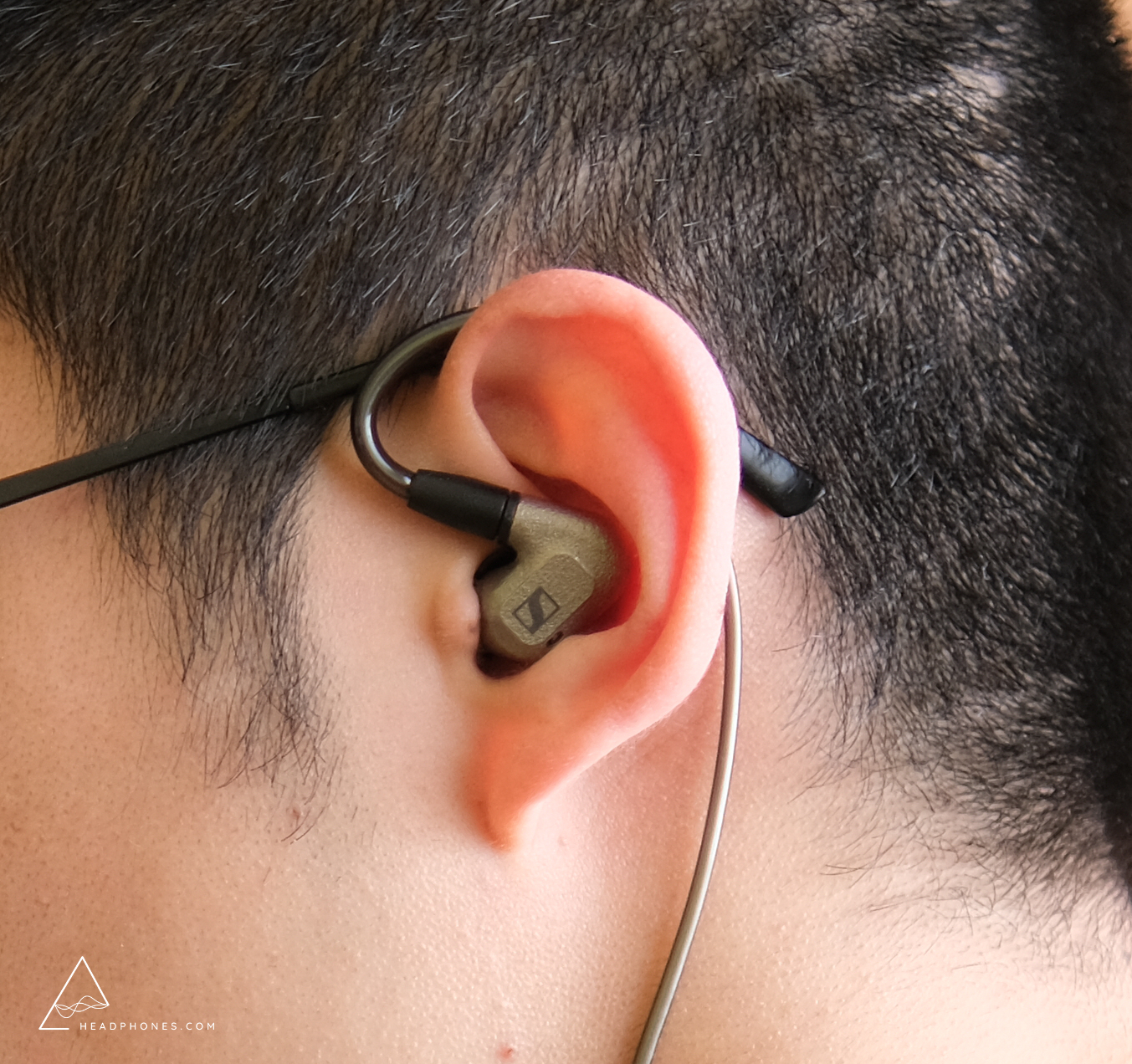
In any case, moving along. The IE600 itself is composed of amorphous metal which, as I understand it, means that the IE600 has essentially been 3D-printed from metal. After, it's also steel-shot blasted to achieve a rugged surface that should be less susceptible to hairline scratching compared to it's brother the IE900. Ergonomically, the IE600 shares the peanut-like housing that characterize the rest of Sennheiser's IEM lineup. Comfort is incredible with these IEMs because of how small they are, and I can easily lay on my side with them. Fit and comfort are subjective to the individual, but as someone with "average" sized ears, you'll hear no complaints from me on this front.
Sound Analysis
Frequency response was taken off an IEC-711 coupler. There is a resonance peak at ~8kHz, so measurements after this point should not be considered entirely accurate. You can follow this link to compare the IE600 to other IEMs that I have measured.
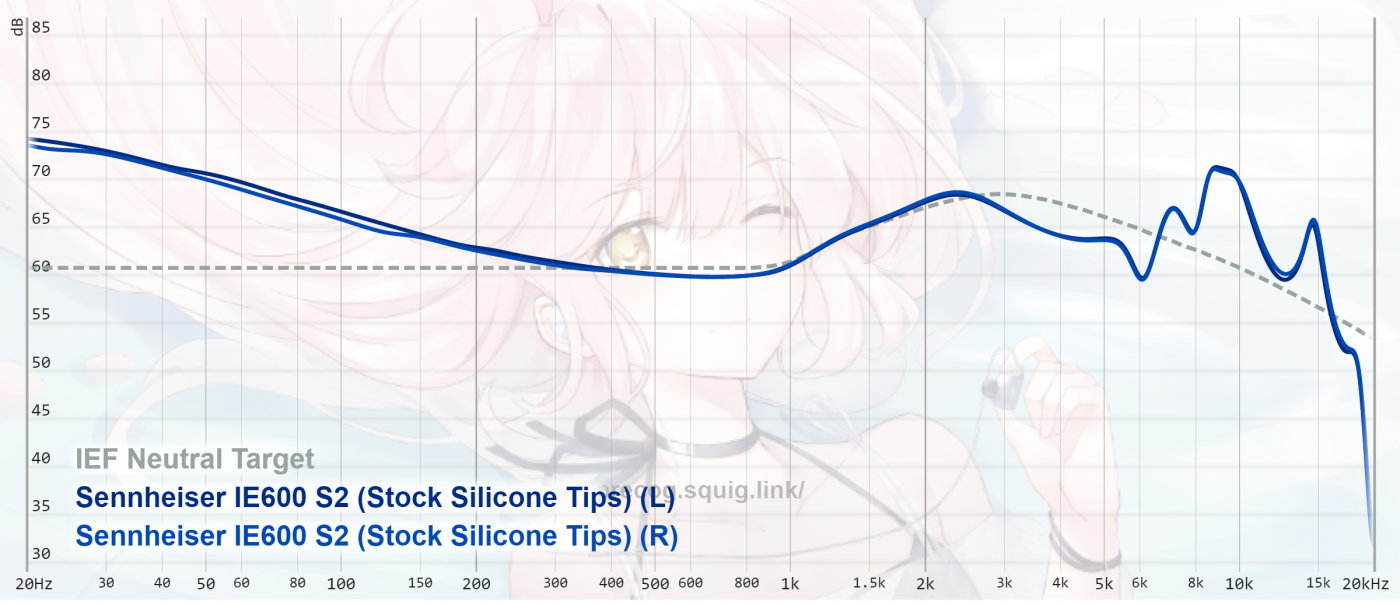
Generally, it’s a bit hard to characterize the tuning of the IE600, but I would say it’s mostly along the lines of “fun” as it’s emphasized in both the bottom and top ends of the spectrum. However, it’s also not been colored abashedly - specifically in the midrange - to the point of which it sacrifices tonal balance.
Sennheiser’s IEMs have never been slouches for bass despite the reputation that their headphones might have garnered. The IE600’s bass response is pretty vanilla in a good way: it sounds like a good DD bass response from its decay pattern to its texture and to its slam. However, it should be noted that, to my ears, the IE600 has closer to just under ~10dB of bass boost rather than the bombastic ~13dB it graphs with. This might be attributed to listener music choice (as most songs simply do not have 20-30Hz content); however, I found this impression to be consistent even with deeply extended tracks like Hans Zimmer’s “Why So Serious?”. In essence, this is a bass heavy IEM by most standards, but it might not satisfy more ardent bass heads like its frequency response would suggest.
Now, the midrange is where Sennheiser has taken a 180 with their usual tuning philosophy. But that might not necessarily be a bad decision given that I’ve lambasted said tuning strongly in the past: “Gushing over the IE900's terrific bass response aside, the midrange is where the IE900 stumbles: It has no pinna compensation. Well, that's not quite accurate. It has inadequate pinna compensation and then opts to recess all of the upper midrange. This results in a decidedly U-shaped presentation, wherein higher-pitched, stringed instruments like violins tend to fall into the backdrop more than they should and electric guitars lack appropriate bite. Female vocals also generally sound veiled.” This is no longer an issue with the IE600. It’s not as upper-midrange heavy as some “analytically” tuned IEMs like the Moondrop Blessing 2; however, it strikes an appropriate midrange balance that doesn’t trigger any alarm bells. I personally find the aforementioned Blessing 2 to be a hair shouty anyways. Credit where credit is due, Sennheiser has taken community feedback into consideration and aptly applied it to the IE600.
Relative to antecedent comments on the IE600’s bass and midrange, the IE600’s treble response is interesting. It’s predominantly focused around 8-9kHz in the “sparkle” - or spice depending on your tolerances - regions. Indeed, it edges more toward the spicy side of things to my ears, lacking the refinement that its older sibling, the IE900, approached this derivative of sound with. I suspect that the IE600’s treble response peaks more narrowly relative to the broader, smoother boost I heard on the IE900. The IE900 had an almost effortless coloration to its treble transients that I find the IE600 lacks. In fact, I find the IE600’s treble transients almost sound…dry, which is an odd thing to say given, again, the regions that the treble is being emphasized in. And this is with the stock tips which I find are basically the best pairing possible.
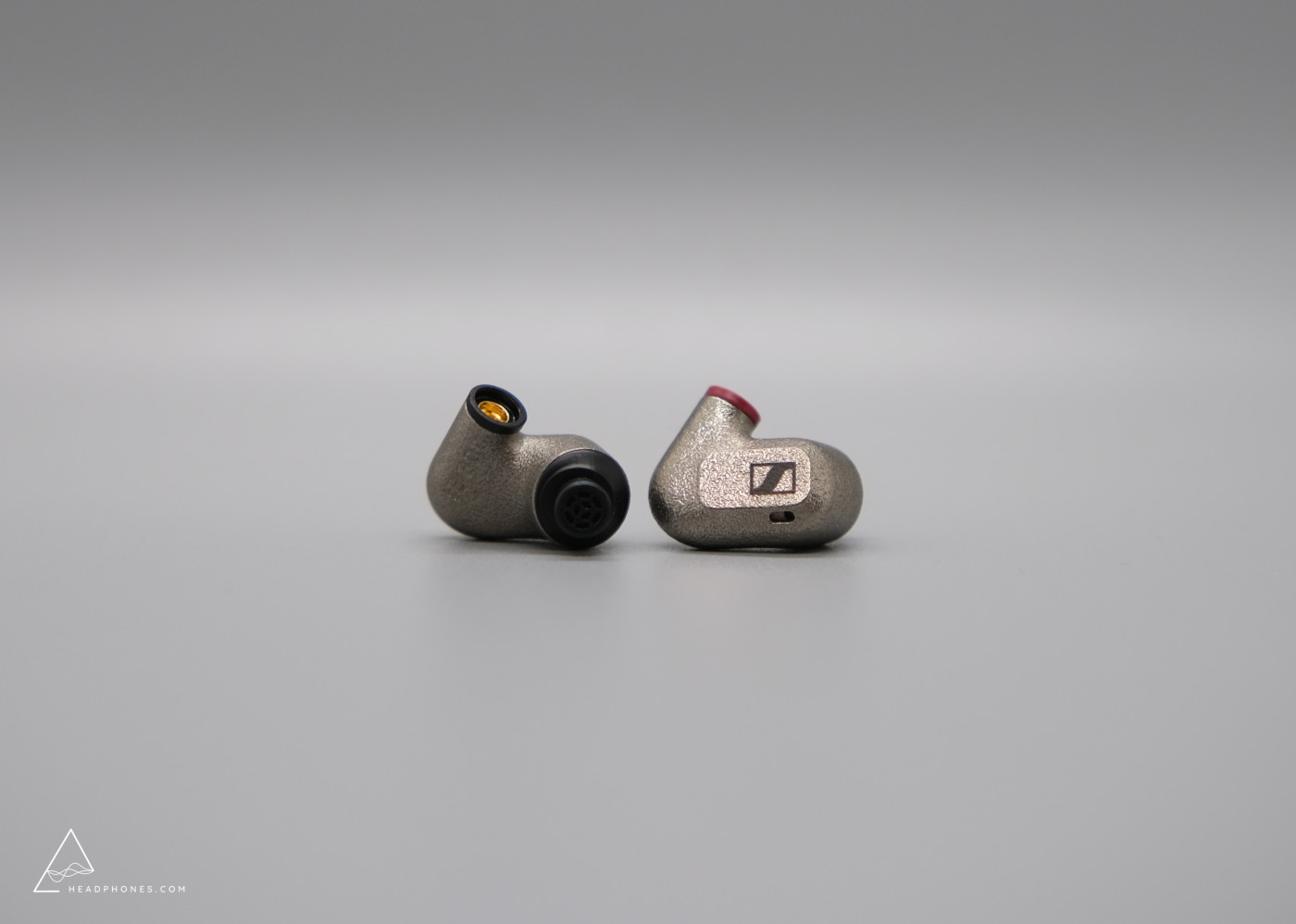
Technical Performance
In many ways, the IE600 is indicative of the stereotypical strengths and weaknesses that I’ve come to associate with the single-DD topology. So, the bad part: its imaging is average. Center imaging is firmly relegated to the narrow confines of the head and instrument pans, such as the drums on IU’s “Blueming” at 2:55, seem to go left-center-right with little regard for the front corners. Buyer beware - you are not buying the IE600 for its imaging performance.
Outside of this notable limitation, the IE600 is a respectable technical performer. Transients are relatively sharp in attack, and it has a textured bass and midrange presentation. I would comfortably place it in the ~$600 range for its detail and sense of clarity, trading blows against an established frontrunner like the Moondrop Variations in A/B. To go back to driver stereotypes, the IE600 is also a solid performer for its sense of dynamics. Seventeen’s “Shadow” sounds adequately explosive (such as at 1:04) and there is a good sense of excursion to bass notes.
Assessment of Value
Of course, you'll want comparisons. But the only “high-end” single-DD that I have right now for direct A/B comparison is DUNU’s Zen Pro. Comparatively, the Zen Pro has a more upper-midrange heavy signature and a more conventional, downwards-sloping treble response. The IE600 has better extension on both ends of the spectrum. Interestingly, the Zen Pro sounds noticeably less congested for staging than the IE600; however, I do not find its sense of detail retrieval to be better (on the contrary, I think the IE600 might out-resolve the Zen Pro). I find both IEMs to have a similar level of slam and dynamic contrast, although gun to my head, I would be inclined to give the edge to the Zen Pro simply because of its more forward sound and snappier bass transients. The IE600 sounds more “impactful”, like more air is being pushed in the bass, due to an abundance of sub-bass. At least for my preferences, I find the IE600 to work better for bass-y, exciting, pop-heavy music while the Zen Pro shines more with vocal-focused or instrumental-heavy music.
The Bottom Line
“Insert single-DD IEM is the best single-DD even though insert possible deal breaker that’s inevitably there for single-DD IEM” are apt words from someone on a certain Discord server I frequent. Unfortunately, the IE600 doesn’t buck this trend as a consequence of its awful stock tips and average imaging. But it is one step closer to the fabled, single-DD endgame in my opinion. Now, whether the community or Sennheiser knows what's best for an IEM will be reflected in the IE600's sales figures, but I hope it performs well because it would be very interesting to see where Sennheiser takes their single-DD platform with the benefit of community input. The IE600's already a very solid IEM, and I’d say it’s worth giving a listen if the cons I’ve outlined aren’t things you index for as heavily.
